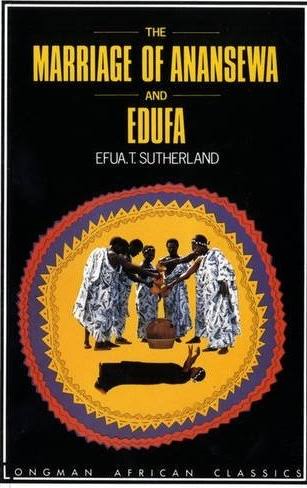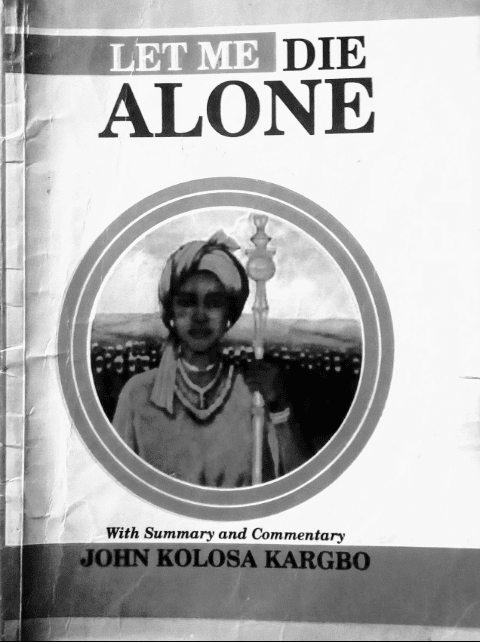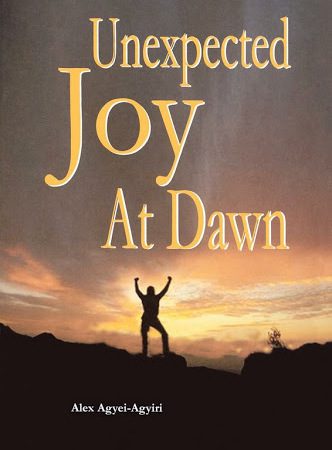
Efua T. Sutherland employs the use of story-telling technique, spider’s web, music, dance, and audience participation in The Marriage of Anansewa.
Story-telling Technique
The story-telling technique is used in The Marriage of Anansewa. The play is a narration of a story in action.
The source of the story is known as Anansesem and the dramatisation process is Anansegoro.
A Storyteller and a pool of actors freely take part in the action and in the of its narration.
It is also for this purpose that the Property man is created for the effective and convincing dramatisation of the story.
The Spider’s Web
A screen made in the shape of the spider’s web is used frequently in this play to visually portray the web-spinning activity of the spider which Ananse personifies.
Ananse is always spinning a web and trapping his victims in it.
Whenever he is about to spin a web, he withdraws behind the screen which the Property man puts in place.
On the other hand, when he is about to trap a character in his web (as he does to Anansewa), he places a web screen right behind the victim.
He himself withdraws behind the web when his plans begin to go wrong and he needs to think out a solution.
The web is, therefore a predominant symbol in the play.
The Use of Music and Dance
This implies the use of multiple dramatic devices to give the play a rich African background.
In particular, the musical performances (the Mboguo) used frequently as interludes give the play the atmosphere of music drama.
In fact, music begins and ends the play, in addition to the frequent dancing and singing which characterize the action all the way.
Audience Participation
The play is deliberately structured to involve the audience in the action, especially in the singing and clapping.
The use of the whole group of Players as a stage audience is intended to forge a link between the real audience and the performance.
The stage audience functions as a participating audience to establish that relationship.
It is like moving a part of the real audience onto the stage.
Read Also:
- Characterisation in Efua T. Sutherland’s “The Marriage of Anansewa”
- Plot Summary of Efua T. Sutherland’s “The Marriage of Anansewa”
- Themes in “The Marriage of Anansewa”
- The Marriage of Anansewa: Things You Need to Know
 WHATSAPP: Click HERE to join the new Literature PADI WhatsApp group to receive latest updates on your phone and for further literary discussions!
WHATSAPP: Click HERE to join the new Literature PADI WhatsApp group to receive latest updates on your phone and for further literary discussions!










i love this keep it up
[…] Dramatic Techniques in “The Marriage of Anansewa” […]
Comments are closed.